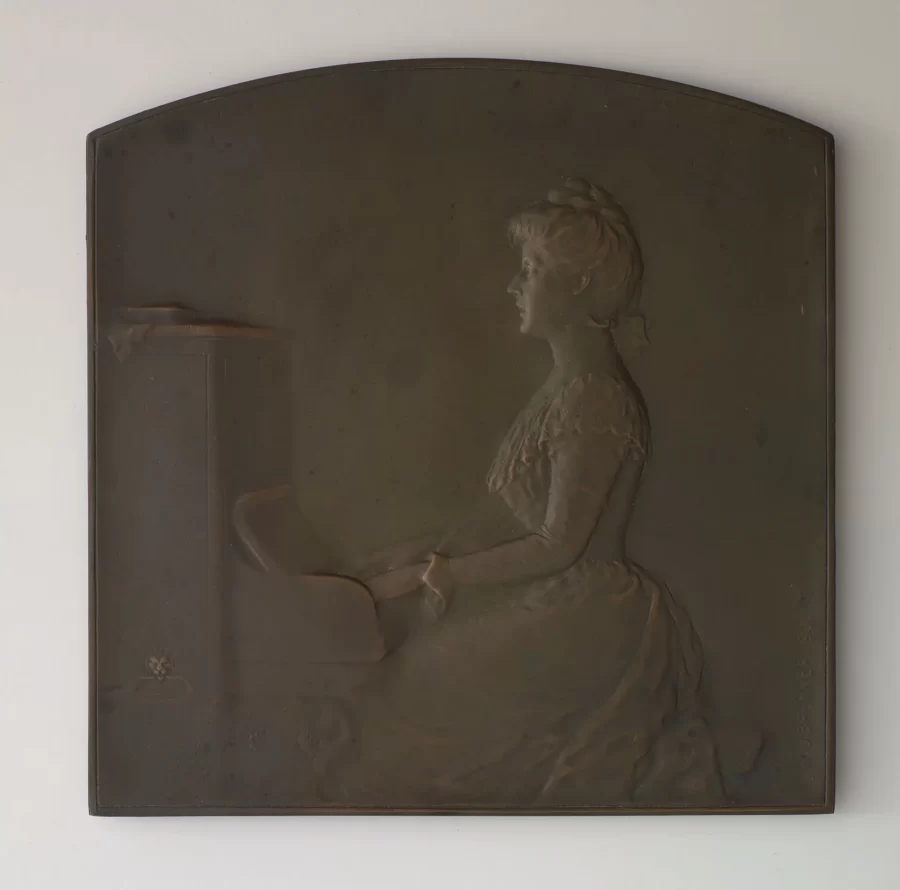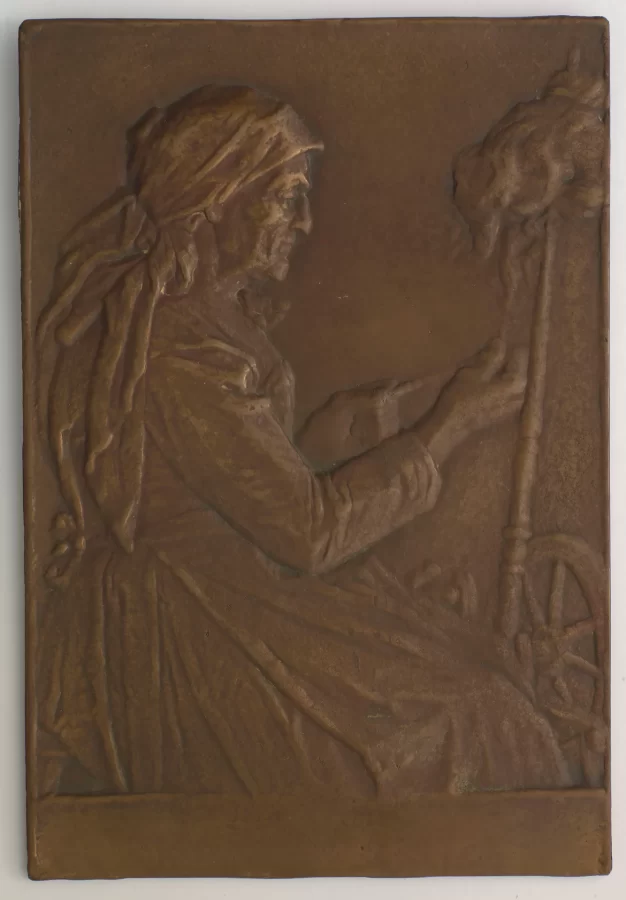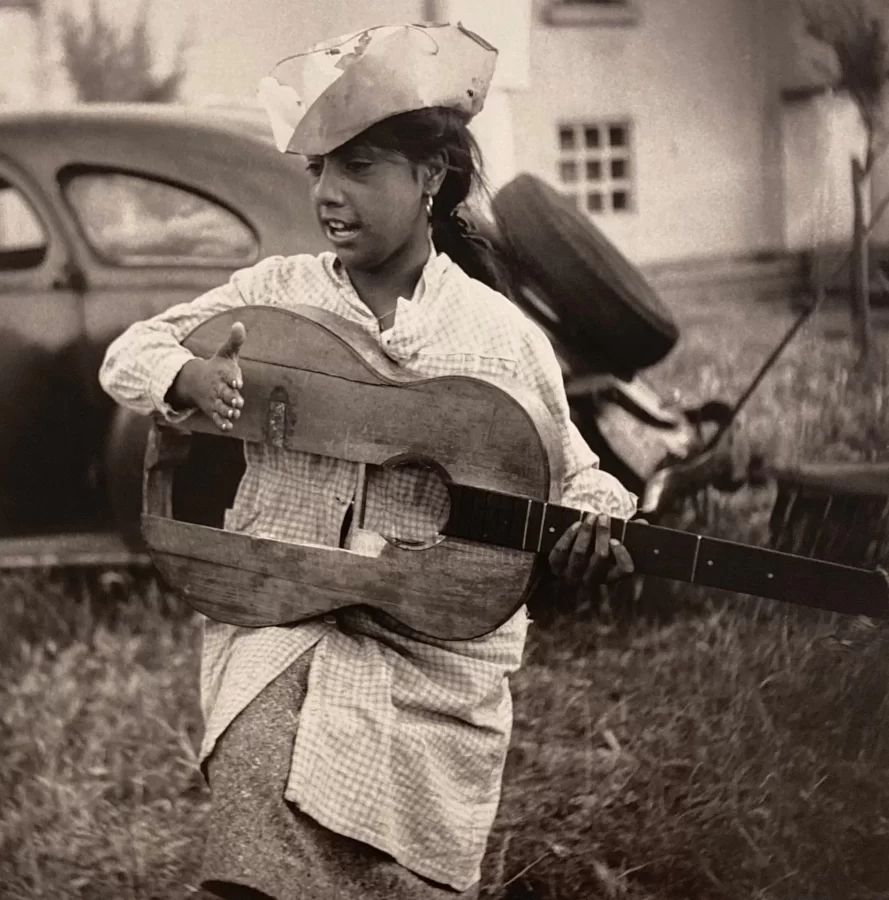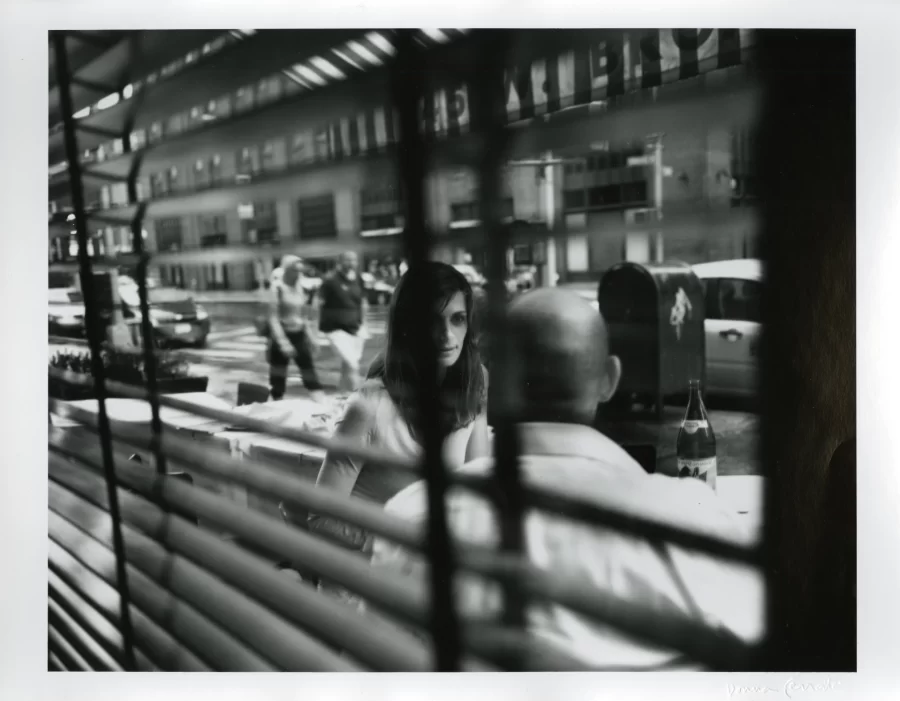Unknown Portrait Subjects
Lady at the Piano, Mademoiselle Furbauer; Lady at Spinning Wheel:
By the nineteenth century in Europe and America, an accomplished woman among the elite classes meant she had to ability for skilled craftwork. In Jane Austen’s 1813 novel Pride and Prejudice, Mr. Darcy says she “must have a thorough knowledge of music, singing, drawing, dancing, all the modern languages, to deserve the word.” For the wealthy, these pursuits showed off skills in social settings, often to make them more desirable for their future husband. For lower classes, spinning, weaving, sewing, and cooking were all trades that women had to know to provide for their family. In either class, women’s work was often not lauded as creative, but either as something divertive meant as recitation of approved works, or necessary to give direct consumables to their families. Conversely, composers who played in front of crowds or textile designers who ran successful businesses were mostly men. While women’s pursuits were lifted up as a feminine ideal in visual art, artists often do not provide us with names of these women as they are often seen as archetypes, even if they were made with individual models.
Violinist; Young Gypsy Girl with Broken Guitar:
Often models used for street photography come from low or marginalized classes and are given descriptions instead of names. The act of providing a name makes that person unique and individualized. Portraits are those of power—the rich and famous, those making history—are named. Clergue’s image of traveling entertainers in doorways and with broken instruments are indicative of these subjects. While he captures aspects of their individuality and the motion in their performance, they remain unnamed, alluding instead to their low status in society.
Odeon Pretty Woman:
In this image’s title, Ferrato references the 1990 movie Pretty Woman, perhaps because this woman she sees looks similar to its lead Julia Roberts. Odeon is a famous Tribeca restaurant known for being an artist haven to New York stars like Jean-Michel Basquiat, John Belushi, Robert DeNiro, Andy Warhol, and Tom Wolfe. But Donna Ferrato—whose work often deals with feminism and identity—is purposefully framing the gaze from inside, behind blinds, distancing herself from the woman at the table in a way that seems to be directly commenting on how the male gaze is a common undercurrent in the many images we view of unnamed pretty women.



